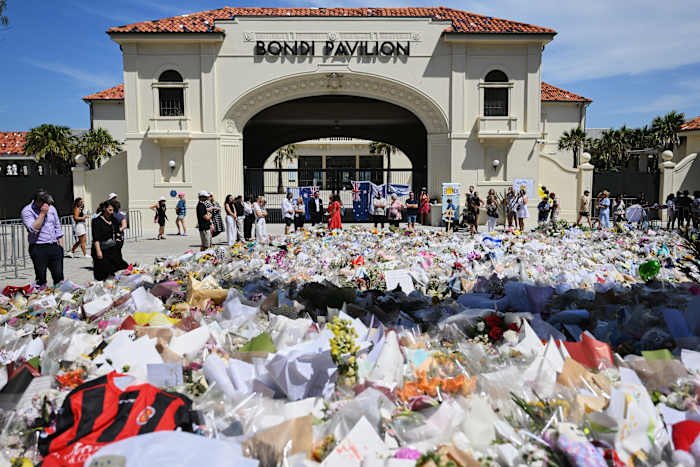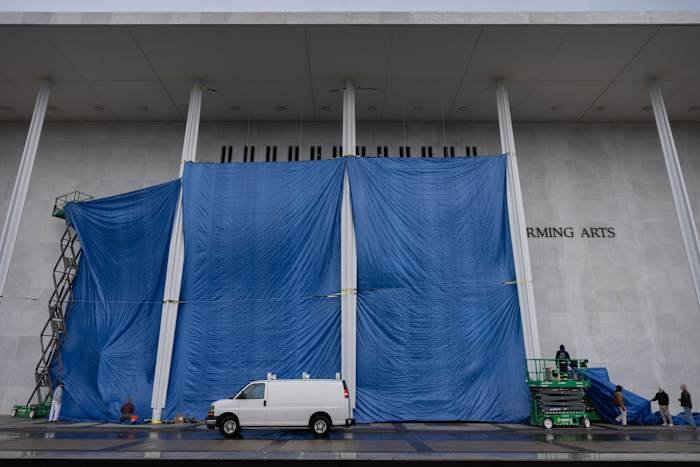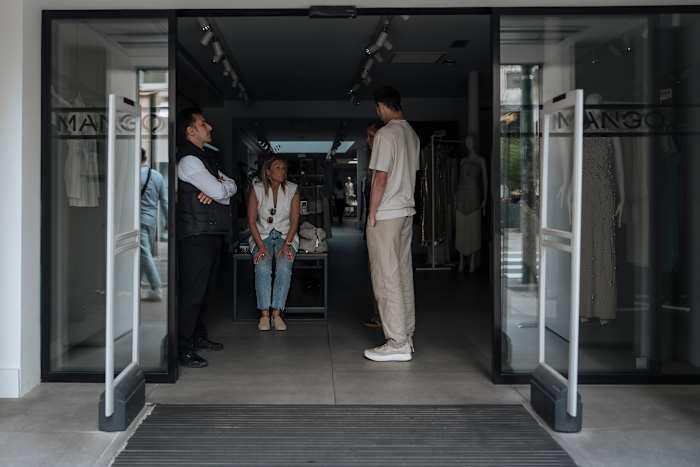Introduction
Recent headlines have been ablaze with the story of a Los Angeles-area couple whose home was found to be brimming with 21 children, all of whom were subsequently removed by child welfare authorities. This California case has reignited national debates about surrogacy, ethical family-building, and the legal systems that oversee them. Here in Orlando, where surrogacy is not uncommon and family creation takes many forms, the story prompts an important question: How prepared are we, as a community, to ensure the safety and wellbeing of children born through surrogacy arrangements? In this post, the Daily Orlando News examines the wider implications of the case and what it means for families, agencies, and lawmakers in Central Florida.
Understanding the California Case: What Happened?
Authorities in Los Angeles recently removed 21 children from the home of a married couple after concerns about the children’s welfare surfaced. Early reports suggest that most—if not all—of the children may have been born through surrogacy arrangements, raising questions about oversight, consent, and the couple’s motives. While the investigation is still ongoing, the case has become a flashpoint for critics and advocates of surrogacy alike.
This isn’t the first time mass surrogacy cases have made headlines—there have been instances in other countries where individuals have used surrogacy to build unusually large families, sometimes straining legal and ethical boundaries. For Orlando families considering surrogacy, these stories highlight the importance of choosing reputable agencies and understanding the legal framework that protects both surrogate mothers and children.
How Surrogacy Works and Why It’s in the Spotlight
Surrogacy is a process where a woman agrees to carry and give birth to a child for another person or couple. There are two main types: traditional surrogacy (where the surrogate is genetically related to the child) and gestational surrogacy (where she is not). The practice has grown in popularity, especially in places like Orlando, where fertility clinics and agencies are plentiful.
However, surrogacy’s popularity has brought with it a new set of challenges. Regulations vary widely from state to state, and while Florida has some of the most comprehensive surrogacy laws in the country, there remain gray areas—especially when it comes to screening intended parents and ensuring the welfare of children after birth. The California case shows what can happen when oversight falls short, prompting Florida families and professionals to ask: Are our protections strong enough?
Legal and Ethical Implications for Orlando and Beyond
Florida law allows for both gestational and traditional surrogacy, but only for married couples and under strict contractual guidelines. Despite this, the state does not require all surrogacy arrangements to be reviewed by courts prior to the child’s birth. This means that, while agencies often do their due diligence, some arrangements might slip through the cracks.
The Los Angeles case draws attention to the importance of not just vetting surrogates, but also the intended parents. Are background checks and psychological screenings sufficient? What responsibilities do agencies have in following up with children after a surrogacy birth? Local Orlando agencies have already begun revisiting their policies, with some calling for more standardized post-birth welfare checks and stricter guidelines for large families created via surrogacy.
The Impact on Orlando Families and Surrogates
For many Orlando couples struggling with infertility, surrogacy offers hope and a path to parenthood. The vast majority of arrangements lead to loving, stable homes. But the California case is a reminder that even well-intentioned systems can be exploited. Local surrogates, intended parents, and agencies are now more aware than ever of the importance of transparency and ongoing support.
Orlando’s fertility clinics and surrogacy agencies are responding by doubling down on education and support, ensuring that all parties understand both their rights and responsibilities. Some are even advocating for new legislation that would require annual check-ins for children born via surrogacy in high-volume households. For prospective parents, the takeaway is clear: work with reputable professionals, ask tough questions, and prioritize the long-term wellbeing of every child.
What Comes Next? Policy Changes and Community Conversations
The fallout from the California case will likely spur new regulations and best practices, not just in California but nationwide. In Florida, legislators and advocacy groups are already discussing ways to strengthen oversight without discouraging ethical surrogacy arrangements. For Orlando, this could mean more resources for families, better training for agencies, and increased attention to the unique needs of children born through surrogacy.
Community conversations are also essential. Surrogates, parents, legal experts, and child welfare advocates must come together to ensure that surrogacy continues to be a safe, ethical, and loving option for building families in Central Florida.
Conclusion
The removal of 21 children from a California couple’s home has raised important questions about the practice and regulation of surrogacy, both in Los Angeles and right here in Orlando. As our community continues to grow and diversify, it’s essential to keep children’s best interests at the forefront of every family-building journey. We invite our readers to share their thoughts: What steps do you think Orlando should take to ensure the safety and wellbeing of children born through surrogacy? Leave a comment below and join the conversation.
















